Traditionally, hunting knives are meant for cutting. Most have a single sharp edge with either a curved or straight blade, but some knives have a blade with both.
Hunting knives are designed to make tasks such as skinning and dressing an animal easy and precise enough to produce accurate meat cuts for cooking.
There’s a lot to consider when choosing the perfect hunting knife, and a lot of hunters use several different blades. Here’s some information to help you choose the best hunting knife for your needs.
Contents
Top 10 Best Hunting Knives
Anyone who hunts knows how important it is to have the right tools for the job. Whether you spear hunt, bow, or rifle, having a hunting knife is a must.
It would be a pity if you had the best leather hunting boots but a knife that isn’t the right fit for your needs and conditions.
Buck Knives 556 Open Season Folding Skinner
The Buck Knives 556 Open Season hunting knife is a skinner with a sharp drop point blade crafted out of stainless steel. As a result, the blade is corrosion resistant and has incredible edge retention.
Thanks to the full-bellied drop point blade, it is a perfect match for serious hunters or beginners who have heavier tasks at hand.
It is also extremely convenient to use and has a lot of safety features. You can open it using the thumb hole cutout. Safety is enhanced with a mid-lock that opens the blade for reliable safety and strength.
Weighing at just 6.2 oz, carrying it around is quite easy. Combined with the black polyester heavy-duty sheath that comes along, you can securely tuck it in and attach it to your belt.
It also features superior heat treatment coming from the market leader in edge retention, Buck.
Without a doubt, it’s one of the most reliable and best hunting knives made in the USA.
Spyderco Tenacious Plain Edge
This is a game-changer hunting knife with a leaf-shaped blade made from superior stainless steel.
It is also ground flat from the cutting edge to the spine, allowing for a non-stop cut. As a result, it is known to be cohesive and persistent in performance, making it a perfect hard-use knife.
The handle is a black G-10 laminate that offers a secure grip and comfortable hold for prolonged cutting.
Moreover, it also has a textured spine jimping combined with an oversized Spyderco Round Hole.
It allows you to be confident during the cut as you can position your thumb on the blade in a way that makes it slip-proof.
The Tenacious is also extremely pocket-friendly. It comes with a Walker LinerLock for security while in the pocket. Moreover, you can carry and draw it out from several positions, thanks to the 4-way pocket clips it comes with.
Gerber Strongarm
The blade on this Gerber Strongarm is crafted out of 420HC steel and is a full tang.
The handle on it is black and has a rubberized diamond texture grip. This allows for a secure and comfortable grip.
In addition, the blade is coated in ceramic, giving it the strength needed for heavier tasks.
An added feature at the handle’s bottom of this hunting knife is a striking pommel. You can use it to strike and break hard surfaces.
The knife also comes with a sheath and four securing pieces that allow for a solid mount on the belt, MOLLE, or in a drop-leg fashion.
This fixed blade knife is made in the USA and makes for an incredible addition to your hunting gear.
Buck Knives 119 Special
The Buck Knives Special model #119 comes in a clip-point blade design made of 420HC steel.
The blade is corrosion resistant and has good edge retention, making it durable. This hunting knife is a perfect match for anyone looking to do detailed cutting and piercing.
The handle on this one is a traditional black phenolic with palm swells. It is extremely comfortable and secure to hold. It also features an aluminum pommel that adds to the beauty of this knife.
The Buck Knives 119 Special is a convenient carry, weighing just 7.5 oz.
You can safely tuck it inside the premium quality protective leather sheath that comes along. Also, it features an integrated belt loop for a secure attachment on the belt.
It is made in the USA by Buck Knives and comes with a lifetime warranty.
Buck Knives 105 Pathfinder
The Buck Knives 105 Pathfinder features a full tang blade that comes in a clip-point design.
It provides a perfect balance of beauty and quality crafted out of the finest 420HC steel combined with the iconic phenolic handle and aluminum pommel.
The blade on this hunting knife is coated with Cerakote Cobalt to help prevent corrosion and rust formation.
It also has a lanyard hole built into the handle, so you can add a thread handle to carry it.
It comes with a premium leather sheath and belt loop. As a result, you can safely tuck it inside the sheath and attach it to the belt without any dangers.
Like all other Buck knives, this too comes with a lifetime warranty and is made in the USA.
Benchmade Bushcrafter #162
The blade on this Benchmade Bushcrafter #162 is a drop point design that offers versatility and strength.
The steel used is CPM-S30V that features corrosion resistance and edge retention for ultra-cutting performance.
This hunting knife makes for an incredible survival hunting tool with its rugged and robust style. In addition, the fixed blade construction allows for higher stability while cutting.
It features an ultra-durable G10 handle that has a resin-soaked fiberglass body. This makes it suitable to be used in all types of climates.
Not only is the grip secure and tight, but also soft on the hand, making it comfortable for prolonged cutting.
For secure carrying, it comes with a leather sheath to tuck the blade in. It also has D-ring and comes with a belt loop that makes it extremely easy to access.
Ka-Bar Becker BK2 Campanion
As the name suggests, the Ka-Bar Becker BK2 Campanion is the perfect companion for anyone who spends time afield. It’s designed by Ethan Becker himself and is manufactured in the USA.
The full tang blade design makes it a heavy-duty field knife. You can carry out many camping chores with it to aid you during the hunting process.
It’s also good for prying apart joints for chopping onions while preparing food.
Access to the knife from the hard-shell nylon sheath is extremely convenient. All you have to do is press the button on the back of the sheath, and the knife will be released.
The sheath securely tucks it in once you put it back after use. This makes it a highly secure storing mechanism.
Buck Knives Compadre #104
The blade on this masterpiece from the compadre camp series is coated in Cerate Cobalt to protect against rust and corrosion.
This hunting knife is a perfect fit for all camp activities that need cutting and piercing. It is a full tang knife that features a four-and-a-half-inch blade.
The design is innovative as it features an ergonomic natural micarta handle.
In addition, the finger grooves on the handle provide a perfect and comfortable grip, even when it is wet.
For security and protection, the knife comes along with a durable black leather sheath. You can safely carry it around in the sheath without much hassle as the knife itself weighs 7.1 oz.
The design and craftsmanship of this hunting knife are backed by 110 years of experience with Buck Knives, made in the USA.
It also comes with a lifetime warranty like all other Buck hunting knives.
Browning Buckmark #3220271
This hunting knife features a folding drop point blade design. The design and the material used on this make it a sturdy hunting tool for cutting.
The durability of the knife is enhanced with brass pins installed in the handle.
The handle itself is full tang and has a cut-out for the index finger. The materials used for the handle are Zebra and Ebony wood that allows for solid and durable grip.
It also features finger grooves and a lanyard hole to attach a string.
This hunting knife is made in China with a focus on durability and performance. The steel used for the blade is stainless steel, which can be protected with the leather sheath that comes along.
Buck Knives 110 Folding Hunter
The clip point blade design on this hunting knife is crafted out of 420HC high-quality stainless steel.
As a result, this Buck Knives article also features solid edge retention and corrosion resistance. It is a perfect fit for anyone looking to do detailed work as it has a very sharp and controllable point.
Buck Knives #110 model is extremely hunter-friendly as you can simply open it with a nail notch. It also features a lock-back mechanism to keep the blade intact when not in use.
The handle on this one has been made together with Taylor Guitars. It is crafted out of natural ebony hardwood inlays and brass bolsters that reflect the art of both companies.
The leather sheath that comes along allows for easy access and protection.
The 110 Folding Hunter is one of the oldest hunting knives by the company and is going strong still. It is made in the USA and comes with a lifetime warranty from the brand.
Anatomy of Hunting Knives
A quality hunting knife forms a crucial part of your hunting gear, especially considering its multi-purpose nature.
You can use it to kill an animal, skin it, butcher its meat, and execute many other activities around the campsite.
For centuries, hunting knives have served as vital tools for hunting and other outdoor activities.
A lot of different factors and components need to come together to create an excellent hunting knife: the blade tip, the belly, the shape, the tang, the handle, etc.
Having been in existence for so long, it’s natural that many different styles and varieties of hunting knives have evolved, depending on the particular function they serve.
When it comes to the blade of the knife, the blade grind has a considerable influence on how successful it will perform a certain task.
It helps if you have at least a fundamental understanding of the blade as well.
While it’s good to have variety, it can make it more difficult to know which one to choose.
Here, I try to help you sort through the almost overwhelming number of hunting knives so that you can come to a decision that you’ll be happy with.
Uses and Types of Hunting Knives
A good hunting knife should enable you to complete various skinning, slicing, deboning, and cutting tasks.
If you are looking for the perfect hunting knife, then check out this useful guide that will enable you to choose the best knife for the job.
General-Purpose Knives
These knives are used for various purposes, such as cutting, skinning modify equipment, clothing, etc.
They usually have sharp double-edged blades with a very sharp point to stab the animal. Besides, there are some excellent ones on the market.
General-purpose hunting knives have a 4-5 inch blade. It usually has a clip point shape, with a little belly on the blade for skinning.
The handle needs to be very comfortable and non-slip to give you adequate control when hunting.
Skinning Knives
This is one of the most technical tasks after hunting, and that is why you need the best quality knife, so you can cut off the skin cleanly without damaging the flesh.
The best skinning knife needs to be short, sharp, and slightly curved. It should be perfectly sharpened and should remain so even after several uses.
It is also essential that the handle has a good grip and be non-slip to avoid accidents.
Gutting Knives
Gutting knives help you remove the internal organs from the animal to preserve the meat.
It is one of the first things you must do when processing an animal since it is easier when the body is still warm.
Excellent-quality and razor-sharp hunting knife is needed to cut the animal open.
Throwing Knives
This is often seen as a sideshow, but this art does have an essential place in the hunting scene.
The art of throwing is necessary if you want to scare away an attacker or hunt a small animal.
There is a lot one can do having mastered this art. A well-balanced throwing knife is essential for this form of sport.
Camping Knives
Many people think of a hunting knife as the type of blade used when camping. Usually, a camping knife is a multi-purpose tool that also performs a lot of hunting tasks.
Hence, it is designed in a way that it can adequately fill in for a hunting knife. It is usually made using a drop point style that can take care of various camping tasks.
Caper Knives
This involves skinning the head of, for example, a boar, bear, or deer to use as a trophy. It requires an excellent caping knife to cut away the skin and flesh.
These are specialized knives used for this, but they can also be utilized for various other tasks as well.
Boning Knives
This is the process of removing the meat from the bones using a hunting knife. The knife needs to have a slim blade and should be very flexible to debone effectively.
This kind of blade is similar to a filleting one that is used for fish. Using a combination filleting and deboning knife is quite common.
Cutting Knives
After deboning, you will have to butcher the meat to get all the different cuts you want.
For this, you will need a quality hunting knife to enable you to cut through the flesh easily for very clean cuts of meat.
Knowing all the different uses of a hunting knife should enable you to find the perfect blades for your hunting expeditions.
Go for quality over quantity, and you will not be disappointed.
Different Hunting Knife Blade Shapes
Today, there are many different blade shapes and designs, serving different purposes and tasks. However, that doesn’t mean that there are not a lot of excellent multitasking knives out there.
Because of the huge variety of hunting knives available on the markets, choosing the best for you can be difficult, especially if you’re new to the hunt. So, let’s start with each one-by-one.
Drop Point Knife
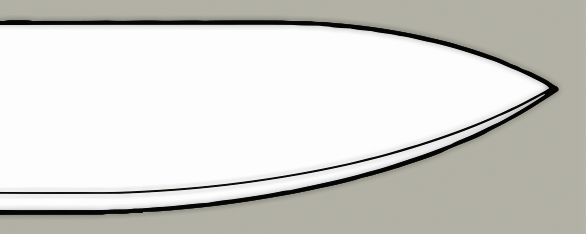
The sharpened edge is thick and robust, and the blade is slightly curved on the unsharpened side for maximum control. With this blade, skinning or cutting meat is generally hassle-free.
Pros
The thick and firm curved tip stays sharp and gives you excellent control. The cutting edge has plenty of ‘belly’, making it ideal for cutting and slicing.
Cons
Compared to the clip point, the tip is not as sharp, so it’s not ideal for the stabbing game.
Clip Point Knife
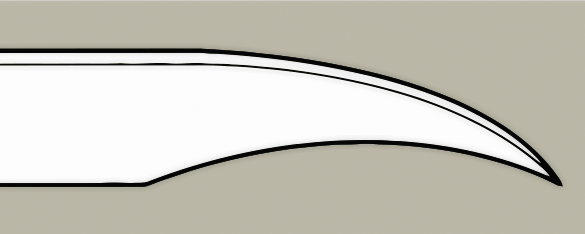
It can either be curved or straight, allowing you to choose what suits your tasks best. The design is frequently used for fixed blades, Bowie, and pocket hunting knives.
Pros
It has an extremely sharp tip, which is great for piercing. The large belly facilitates controlled cutting.
Cons
Narrow, weak point, with not as much control as a drop point.
Tanto Point Knife
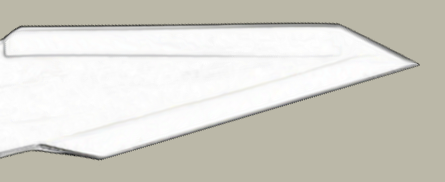
Pros
Very strong blade with an exceedingly sharp point.
Cons
The point is slightly harder to control.
Spear Point Knife
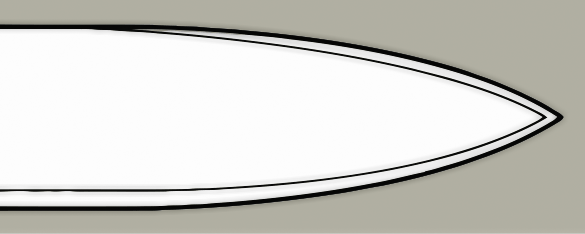
Usually very strong and durable, spear point hunting knives are a preferable choice for many hunters.
Pros
Easily controlled blade with a supremely sharp point.
Cons
Must sharpen both edges. Not preferred for slicing.
Straight Back Point Knife
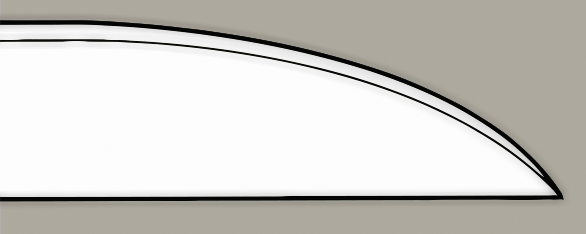
Pros
Its large cutting edge makes it good for chopping and slicing.
Cons
Usually heavier and harder to control.
Trailing Point Knife

Pros
Usually lightweight, perfect for skinning and slicing.
Cons
The point is sharp but weak.
Sheepsfoot Point Knife
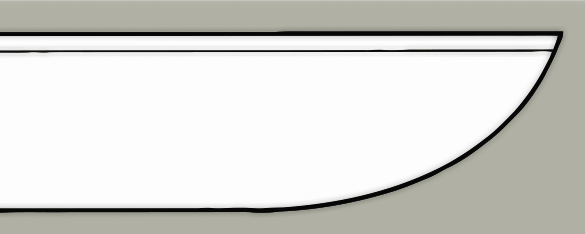
This usually means that the point has a reduced piercing ability. However, that makes these blade types more durable.
Pros
Has a long cutting edge. Good for cutting, slicing, and chopping.
Cons
The point is not sharp, which makes it less effective for stabbing and piercing.
Verdict
The clip and the drop point hunting knives are both great and are well worth your consideration.
The drop point is slightly more popular and is probably better for carrying out a wider variety of hunting tasks.
The drop point’s blade and tip are thicker, which adds to the quality of the edge. If aesthetics is your thing, it looks better too.
Nevertheless, if none of the above feels right for you, check some of the other shapes available on the market.
If you’re buying a hunting knife for the first time, it is probably better to read this guide until the end.
You can even go to a store so that you can hold it in your hand. Get the feel of it, the weight, and the balance. Never buy the first knife because you find it fancy.
Try out several other similar makes and models, too. And remember, no rule says you can’t purchase more than one hunting knife.
Knife Tangs
Another crucial part of the hunting knife’s anatomy is the tang. In fact, the knife tang is the part of the blade that extends into the handle.
Consider it as your knife’s backbone. Simply said, the tang brings the blade and the handle together.
There are several types of knife tangs. Every hunter should know some of them. Here are the most popular ones:
Full Tang
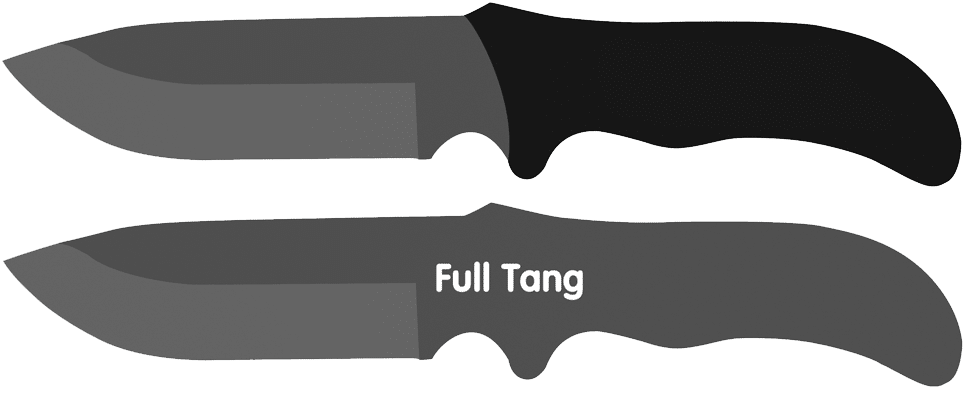
Many serious hunters prefer the full tang. They have every right to it. It’s probably the best option that is the most adequate for all hunting tasks.
Partial Tang
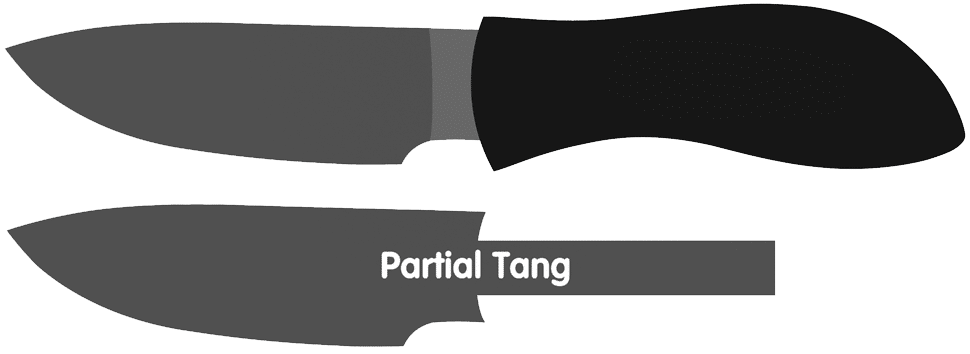
Partial tangs can have various sizes and forms, all covered in the full guide.
Tapered Tang
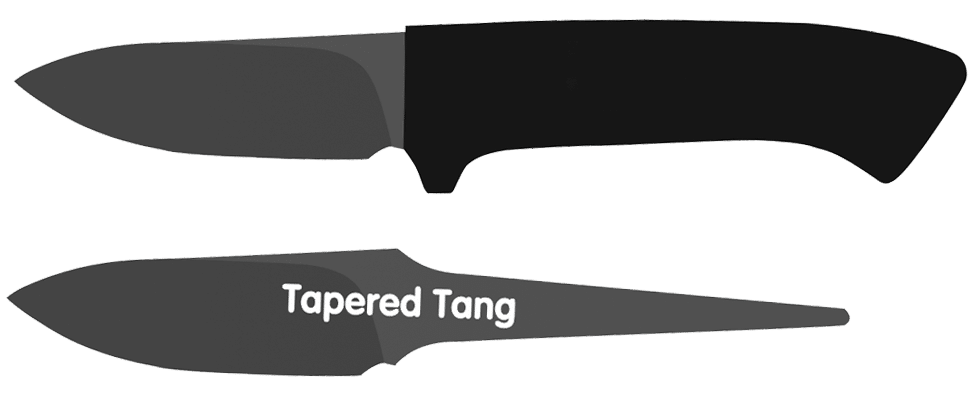
When it comes to the tapered tang, one of the key features is the blade to be (almost) perfectly balanced. However, tapering the tang width can create a major weakness.
Skeletonized Tang
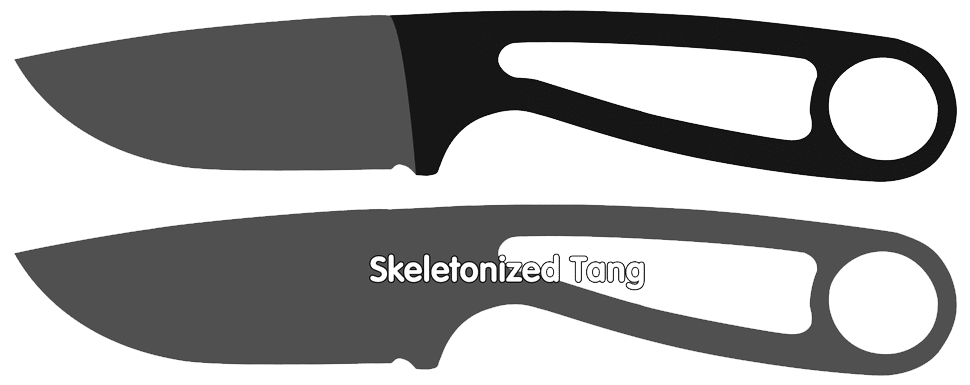
The main purpose of doing so is to reduce the amount of material, therefore the cost and the weight of the knife. These knives are good for throwing; however, a lot weaker than the rest.
Encapsulated Tang
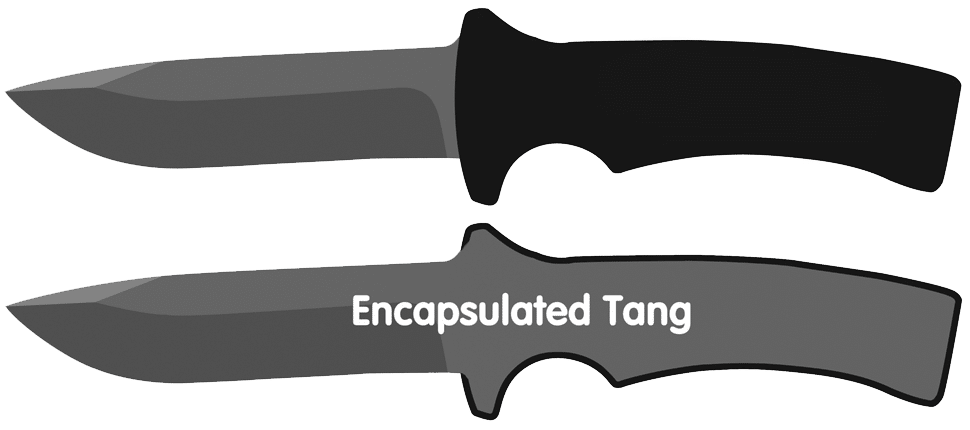
Encapsulated tang hunting knives are usually very strong. Many hunters prefer them. Their downside is that the tang depends a lot on the handle material.
Verdict
Keep in mind that folding knives also have a tang. However, it’s just a little shorter. To learn more about knife tangs, please read the full guide.
Blade Grind
The shape of the blade that forms the cutting edge is referred to as the blade grind. Most of the hunting knives use one of these blade grinds:
Hollow Grind

Flat Grind

It has three grind adaptations: full-flat, high-flat, and Scandinavian grind.
What differs them apart is the point where the taper begins. In a full-flat grind, the tapering begins from the spine.
When it comes to high-flat grind, the tapered sides then meet evenly in the middle of the blade. The taper begins even closer to the cutting edge of the blade on the Scandinavian grind.
Saber Grind

The first bevel extends only at small parts of the blade. Then, both sides continue evenly to form a secondary bevel. The final taper then goes on to create the sharp blade edge.
Double (Compound) Bevel
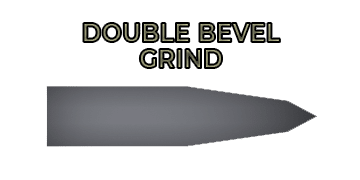
However, the result is a tougher and more durable edge. It will resist damage and keep its sharpness longer.
Convex Grind
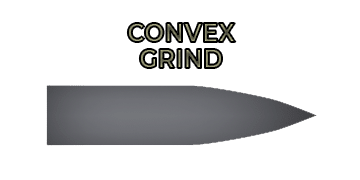
Although not as sharp as the hollow grind, it offers a decent amount of strength yet is still decently sharp.
Hunting Knife Handle Materials
Knife handles are often forgotten but are one of the most important parts of a knife. A good handle will give you a good grip, sturdy, and comfortable holding and using.
When shopping around, one thing to keep in mind is that not all manufacturers use the same type of materials.
For example, one company’s carbon fiber might be different from the carbon fiber that another company uses.
So make sure you investigate some specifics about the exact composition and properties of the handle material.
You should also keep in mind how much wear and tear your knife will get. If you only use it for emergencies, you do not need to worry about it standing up to heavy-duty use.
If you plan to use your knife a lot, you should focus on durability and comfort above all other considerations.
At the end of the day, the right kind of knife handle material depends on personal preferences. Using this information, you can make sure that you find a material that fits your wants and needs.
Metals
Metals are often the go-to choice for knife handles. That’s because they are very strong, easy to forge, and are resistant to things like moisture and corrosion.
Metal is also relatively easy to clean and will not discolor or stain. The main drawback of metal handles, in general, is that they can be slippery and do not have much of a grip.
Synthetics
Synthetic composite materials are usually not as strong as metals, but they have some benefits.
Also, they are cheaper to make, have more unique color options, have better grip options, and are not susceptible to rust.
Synthetic composites are also completely waterproof, and they have a lower density.
In addition, synthetic handles are generally cheaper to make than metal handles, but some composite materials are costly, such as carbon fiber.
Natural
In the past, knife handles were almost exclusively made for natural and organic materials. Materials like wood and bone are abundant, easy to work with, and have a classic rustic look that knife enthusiasts love.
Natural materials are usually less expensive than metal or synthetic composites, but they tend to be more vulnerable to things like water, cracking, warping, and degradation.
Fixed vs. Folding Blade Hunting Knives
The first thing you need to decide is whether you want a folding blade or a fixed blade. As the name suggests, a fixed blade knife has a permanently fixed blade that is fully in the open position.
This type of knife is generally considered to be reliable and strong since it has no movable parts.
A disadvantage of these hunting knives is that they have to be sheathed due to their openness, making them bulkier and a little heavier.
Unlike the fixed blade knife, a folding blade knife exhibits a foldable blade, easily folded back into the handle, making it easily portable.
A locking feature ensures that the blade doesn’t close back when you’re using it, preventing accidents.
Most folding knives are designed with more than one blade. Many people prefer them since that allows them to be used as various blade options.
However, if you’ve made the right hunting knife choice, there should be no need for more than one.
Folding blade knives do have a few weak points. These are the hollow handle and the pivot point (which allows for the folding). This makes them weaker than a fixed blade knife of the same size.
These distinctive features should make it easy for you to settle on what knife best suits your hunting needs.
Pursuing a dedicated hunting mission? Then a fixed blade design would be the best choice for you.
The folding/flexible blade is all you need if you hunt only occasionally since you can even carry it around in your pocket.
Pocket Hunting Knives
These are foldable hunting knives designed with a variety of blades that can also be easily folded into the handle to perfectly fit into your pocket.
They can be used for various purposes, including opening an envelope, slicing fruits, or cutting twine. You can also use a pocket knife (jack-knife) as a self-defense weapon.
The size of the blade is between five and fifteen centimeters (two to six inches). Most of the light duty-pocket knives have slip joints – which implies that the blade doesn’t lock.
When you open it, the flat bar tension (the leaf-type back spring) holds the blade in place, thus making it foldable when some force is applied.
Interestingly, England produced the very first spring-back knives around 1660. However, they weren’t widely available until the Industrial Revolution when machinery development enabled mass production.
Most locking knives are designed with only one blade that folds back into the handle. It locks courtesy of a spring located along the blade’s back.
How to Choose the Right Hunting Knife
A knife is a vital part of a hunter’s gear, especially when it comes to an animal’s clean breakdown. It’s, therefore, important to select the right knife.
You’ll have to choose the blade design that best suits your needs. There are various styles – some having been designed for a specific purpose, while others are more multi-purpose tools.
Some hunters prefer to use a single knife for everything, while others prefer executing different tasks with separate blades. You also need to decide if you prefer a fixed blade or a folder.
Overall, the most important thing is the quality of craftsmanship you invest in. Good quality blended with proper maintenance means a strong, durable, and efficient hunting knife.
Most hunters prefer a four-inch blade for field knives since it’s difficult to be precise in tight spaces with longer blades.
Tasks that involve long, deep cuts, crucial in the separation of the large muscle groups or quarters, mean that blades shorter than 4 inches may be less effective.
Specialty Knife vs. General-Purpose Hunting Knives?
Specialty blades are available in various designs, depending on the intended task.
For instance, some drop points exhibit a gut hook to prevent any punctures to the internal organs while you make abdominal incisions.
On the other hand, caping blades are short, shallow, and sharply pointed for skinning around the animal’s head, feet, and antlers.
If you prefer not to use these specific blade types and instead choose to utilize your all-purpose knife, make sure that you keep it sharp.
Also, pay special attention when carrying out the skinning and gutting procedure in the field.
The right knife makes the entire field processing work easier and safer instead of using a dull blade or the incorrect length.
Cheap folding knives are prone to locking mechanism failure, which can lead to injuries.
The use of drop points and skinners is common among experienced hunters. They also prefer to possess a folding clip point for their everyday use.
These also come in handy for bird hunting activities as well as fishing trips.
Time to fill your freezer? Go for a good quality field knife that guarantees a quality end-product.
Keep it Sharp
Taking good care of your hunting knives, particularly the blades, by maintaining them regularly is the best way to ensure a smooth, safe field dressing and butchering process.
It will also ensure that your knives last a good long time.
What exactly happens when your knife becomes dull? The thin, sharp edge of the blade gets folded during the cutting process.
The knife’s continued use in the dull state will make it even blunter. It will wear the blade down because you’ll now begin to break away the rolled-over steel bits from the blade’s edge.
Look out for the following signs to establish when your hunting blade begins to dull: when it no longer cuts quickly and cleanly through the hide and flesh, and when it requires more effort to cut.
You can also test the blade’s sharpness on a piece of paper. When it’s sharp enough, it’ll slice the paper cleanly rather than tearing it.
The best way of testing is to try using the blade to shave some of your arm hair. If it turns out to be ineffective, then the blade is dull, and it is time to sharpen it.

Hi, my name is Michael Goodman. As a skilled hunter and a man of the field, I will show you some sophisticated, intelligent, and useful hunting methods and techniques.
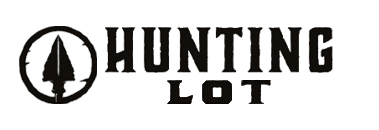
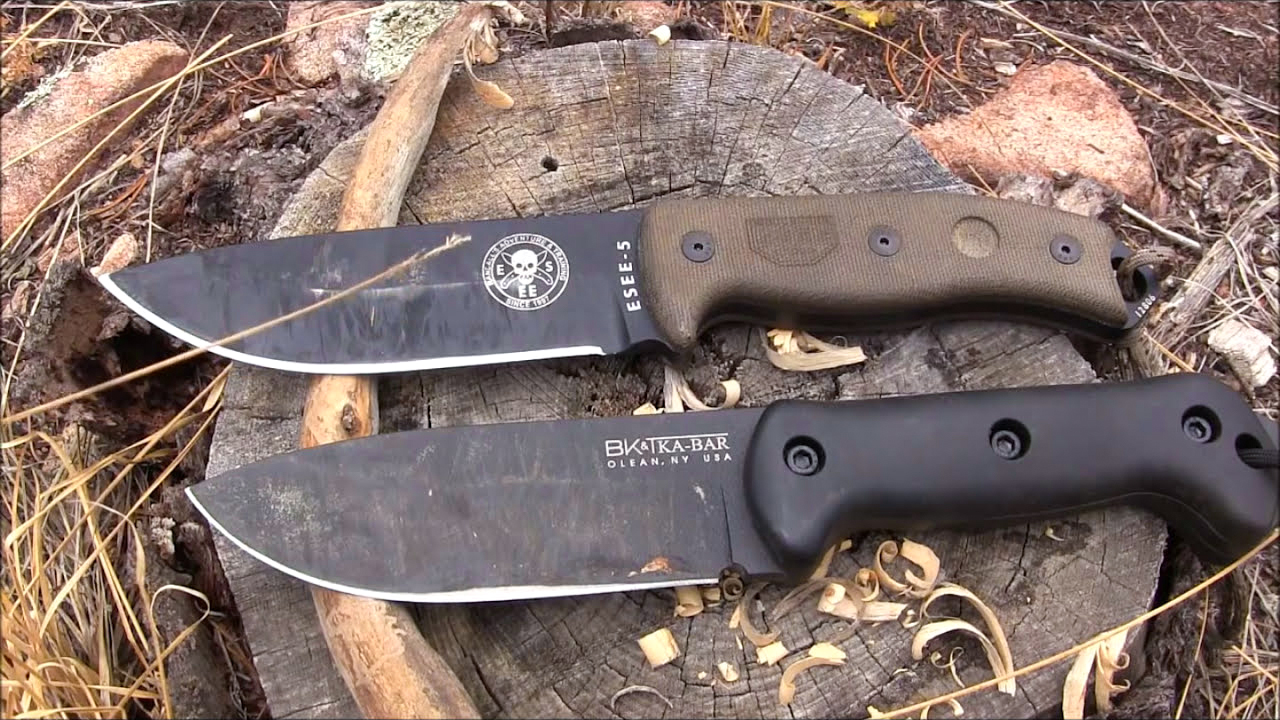

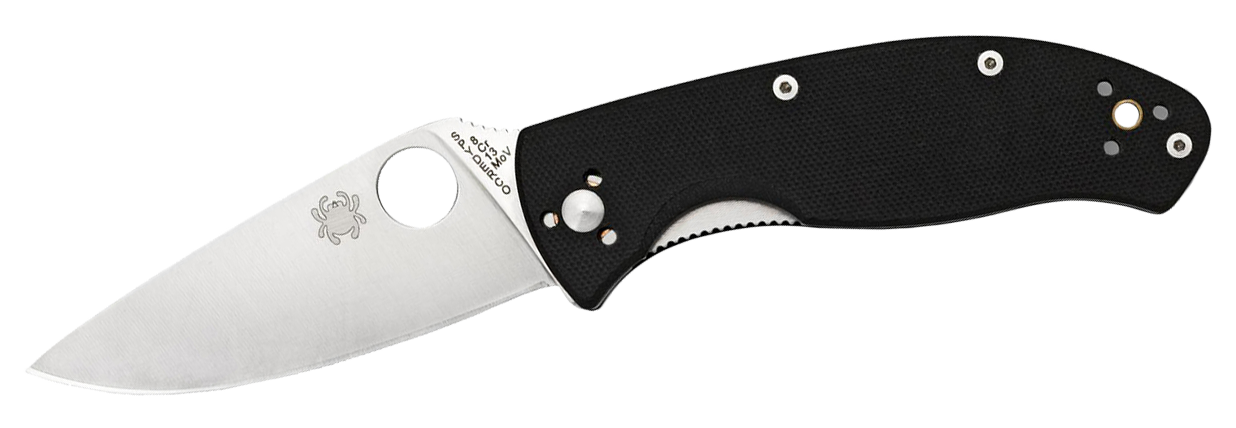



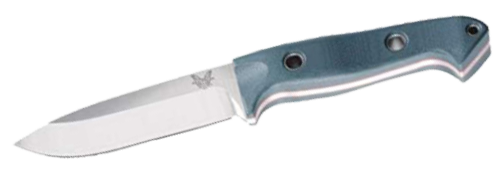

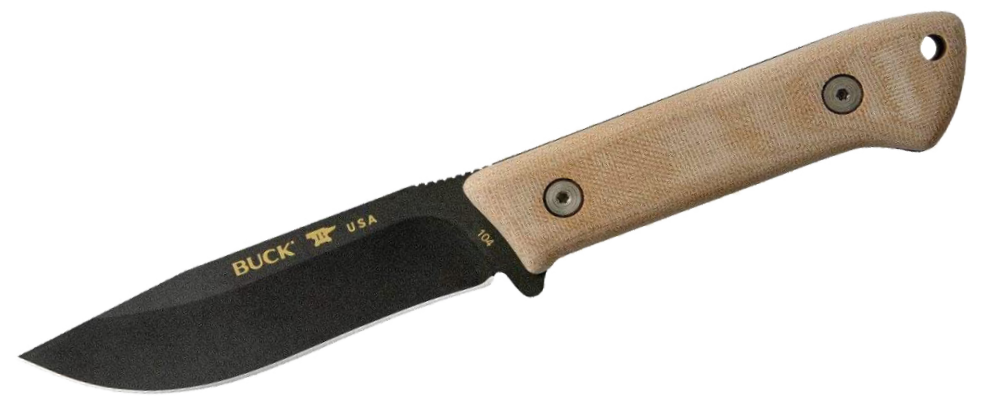
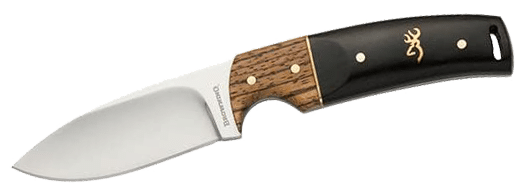
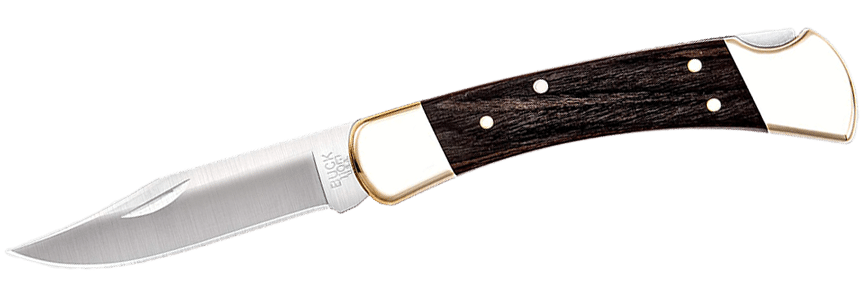
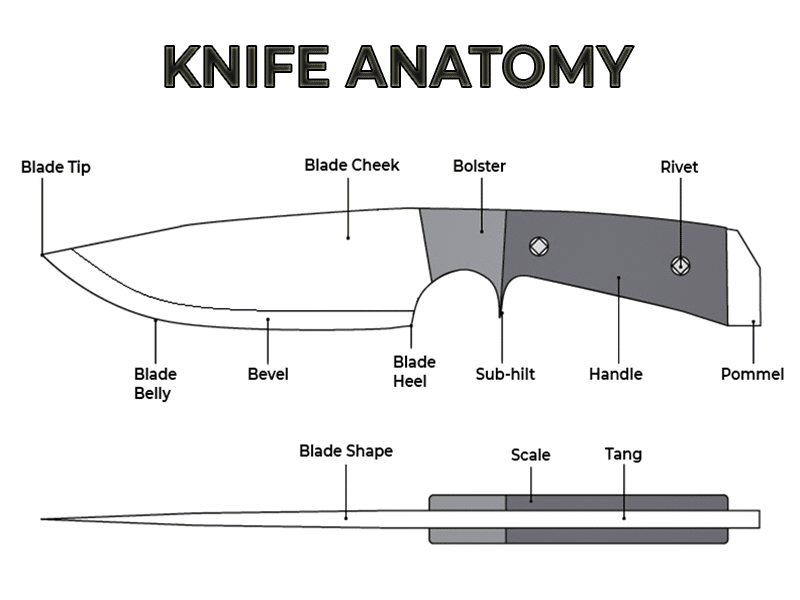
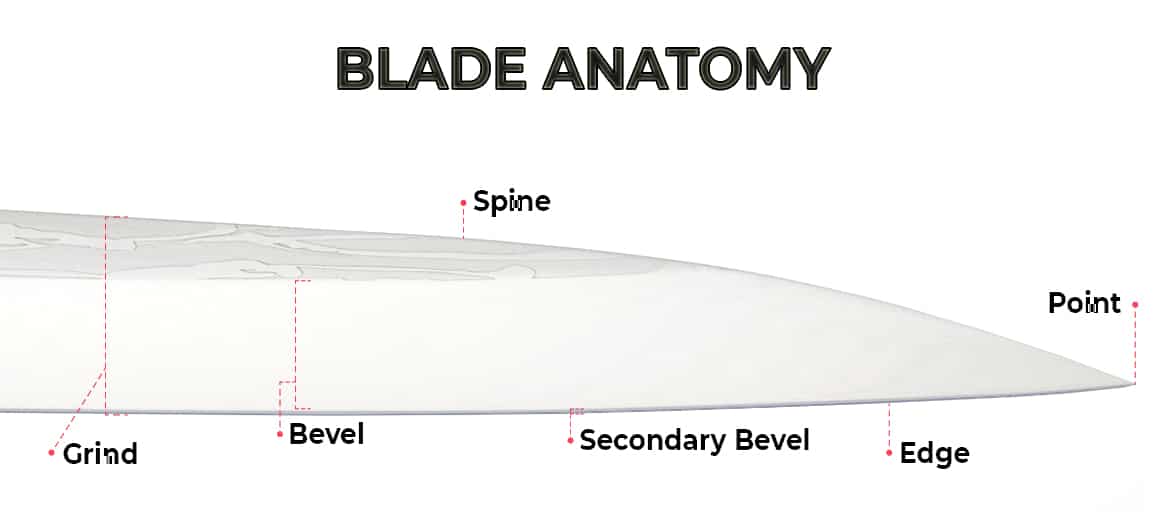
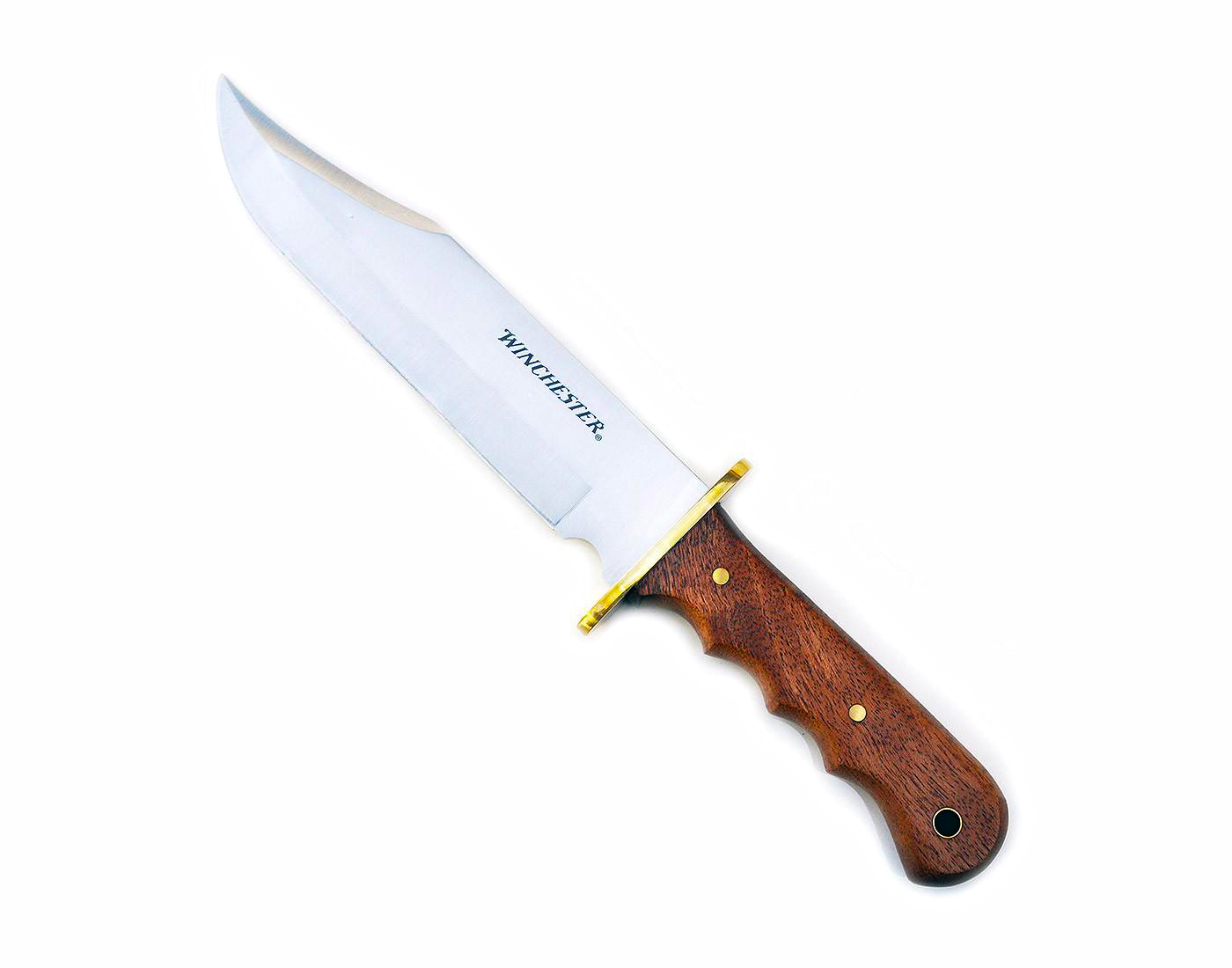

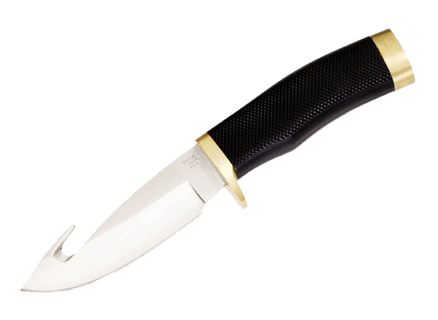
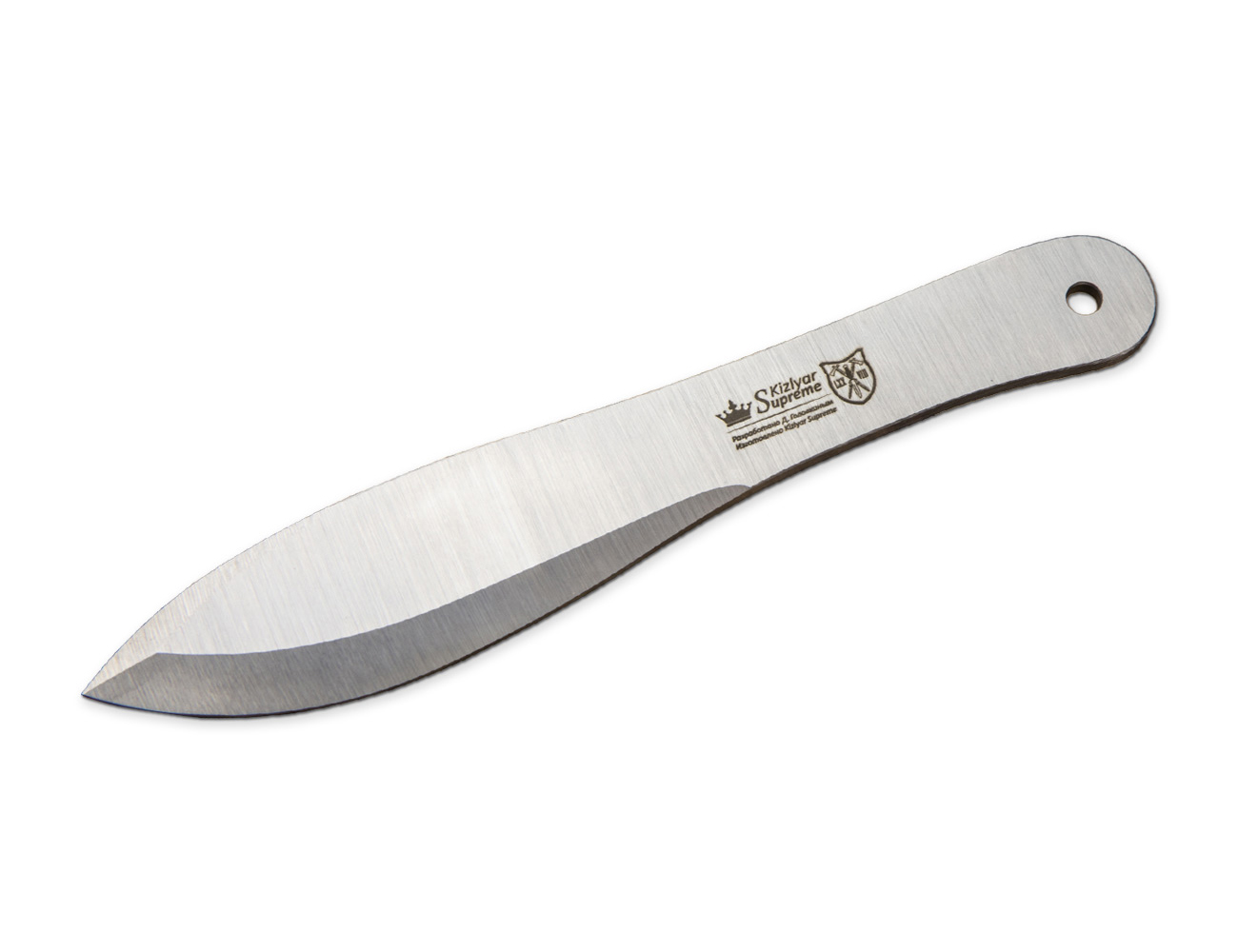


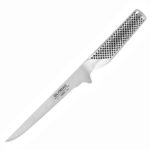
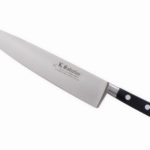
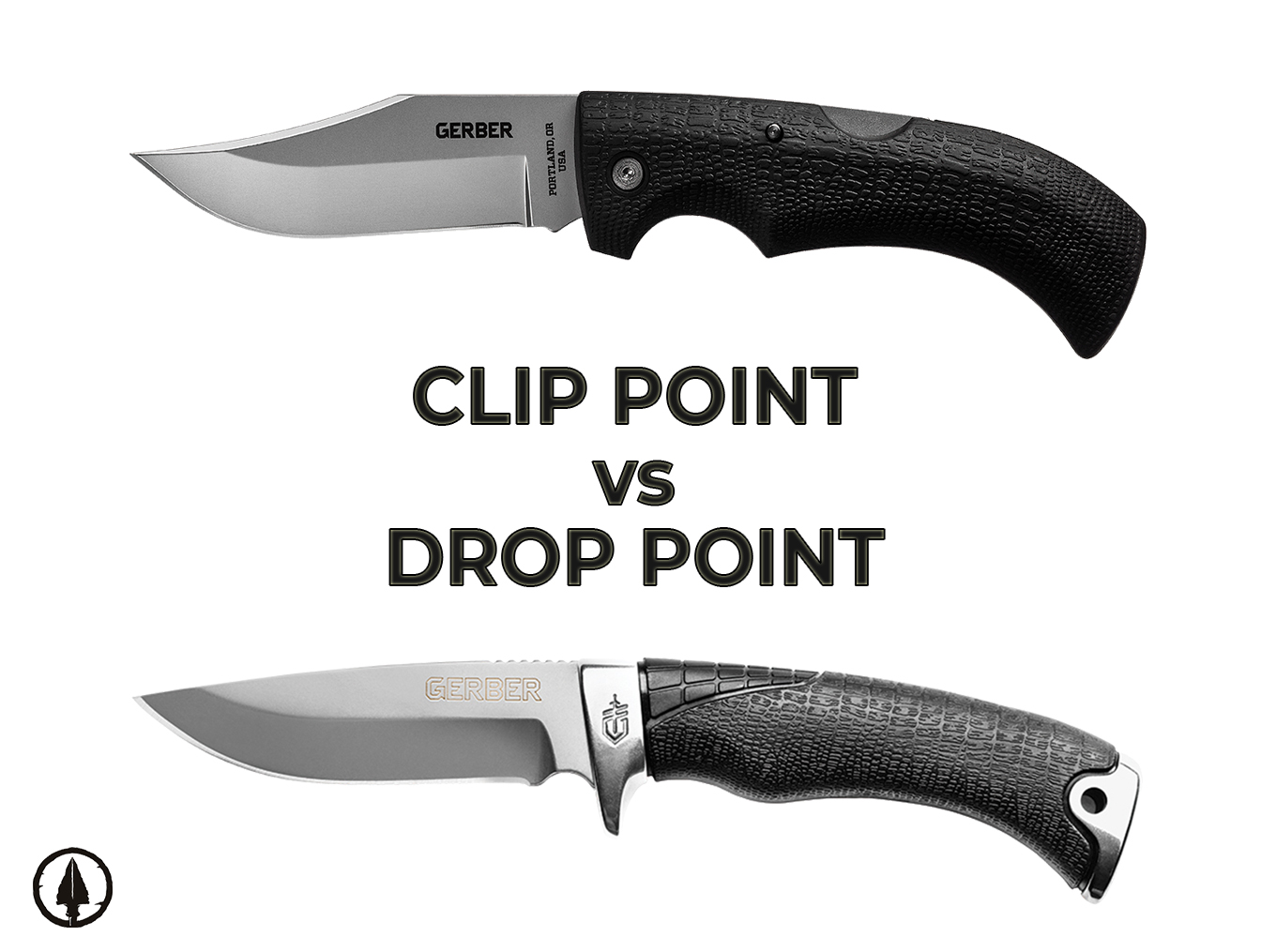




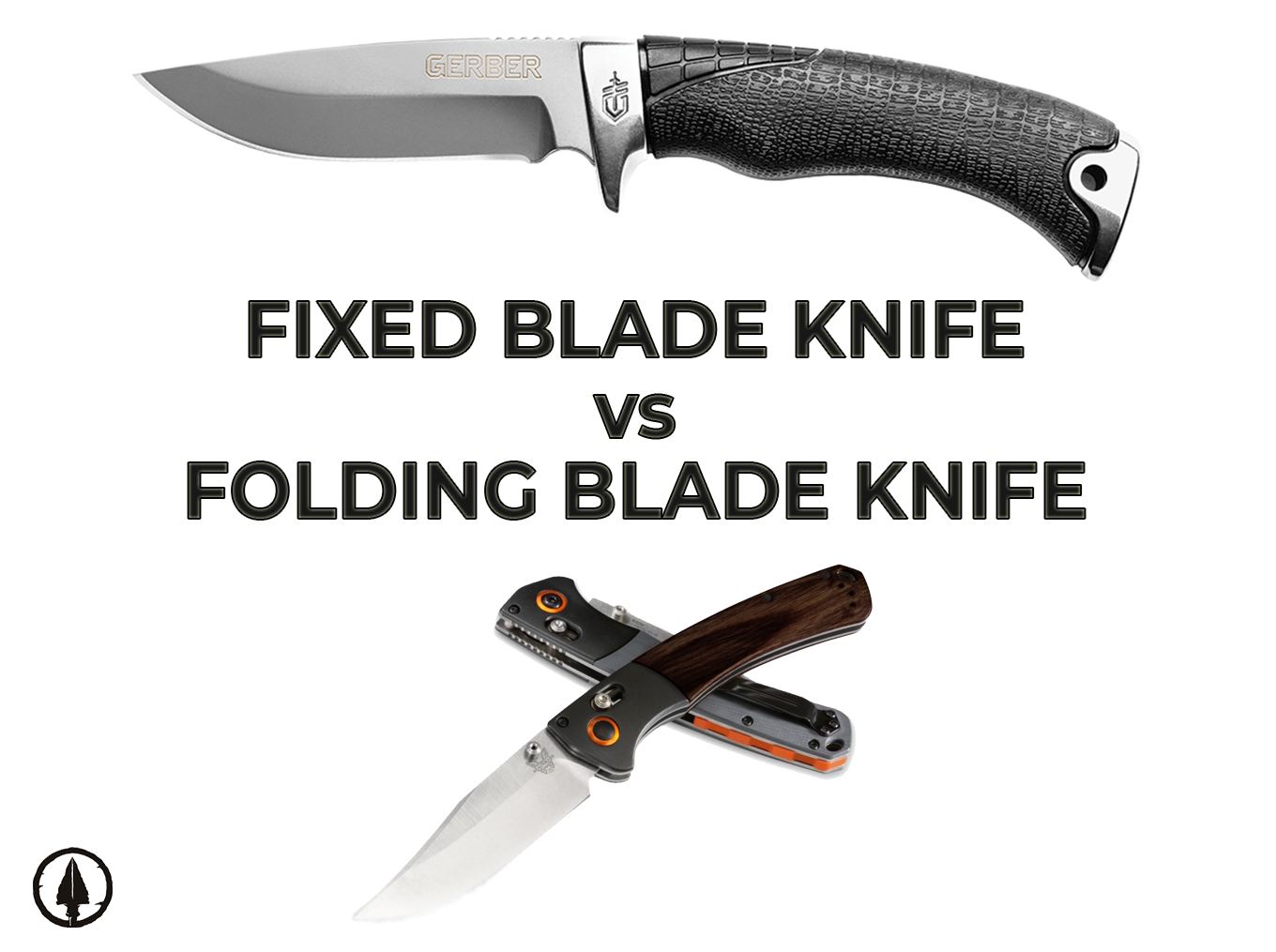
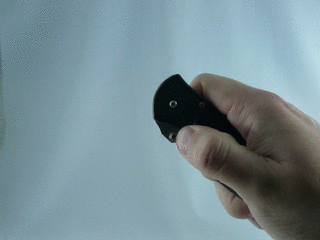
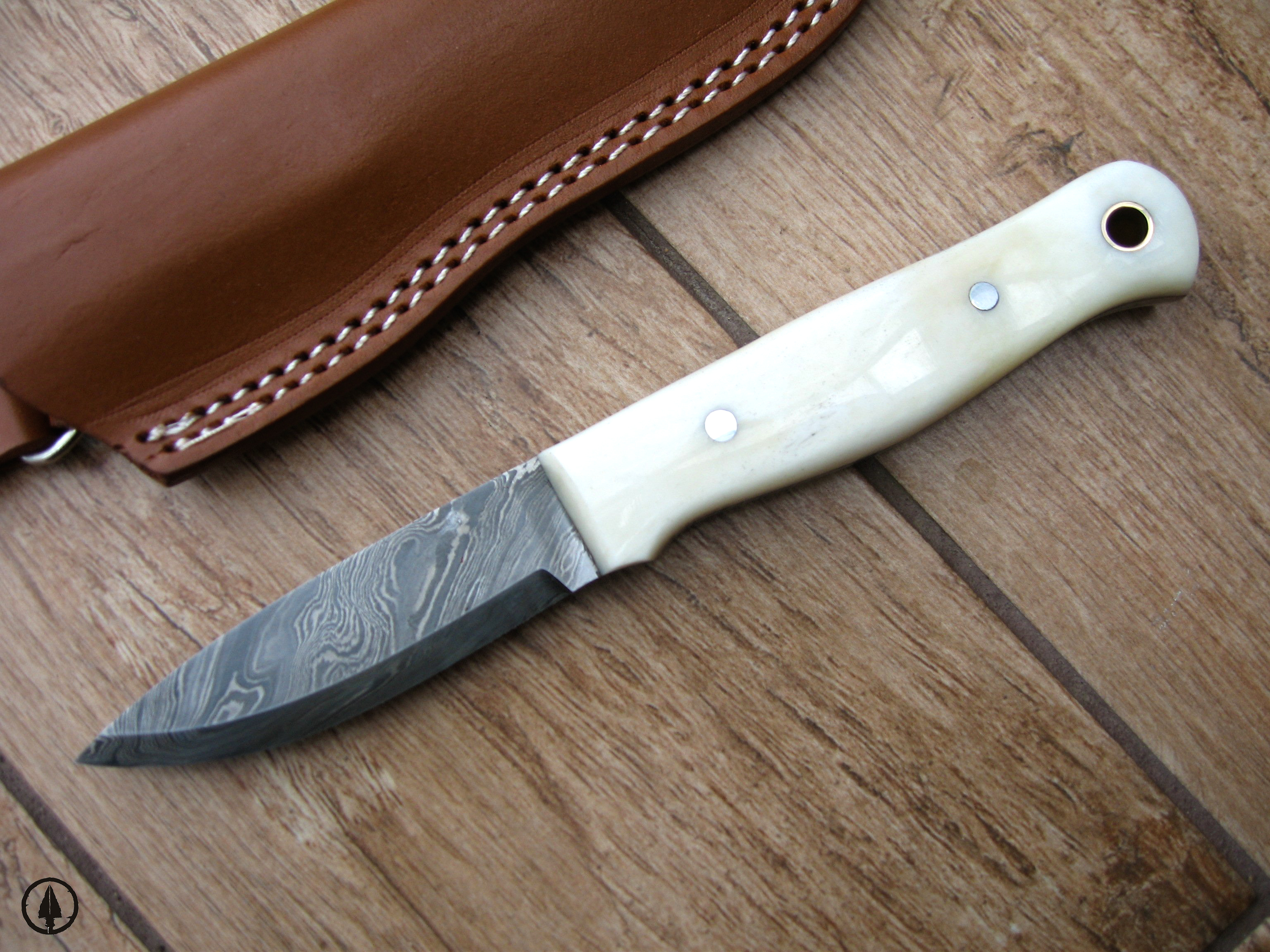
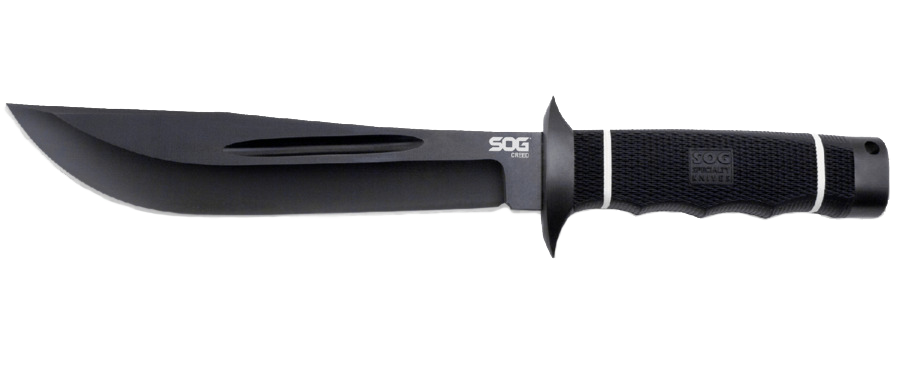
This is just deep research about the best hunting knives, thanks a lot!
Glad you liked it!